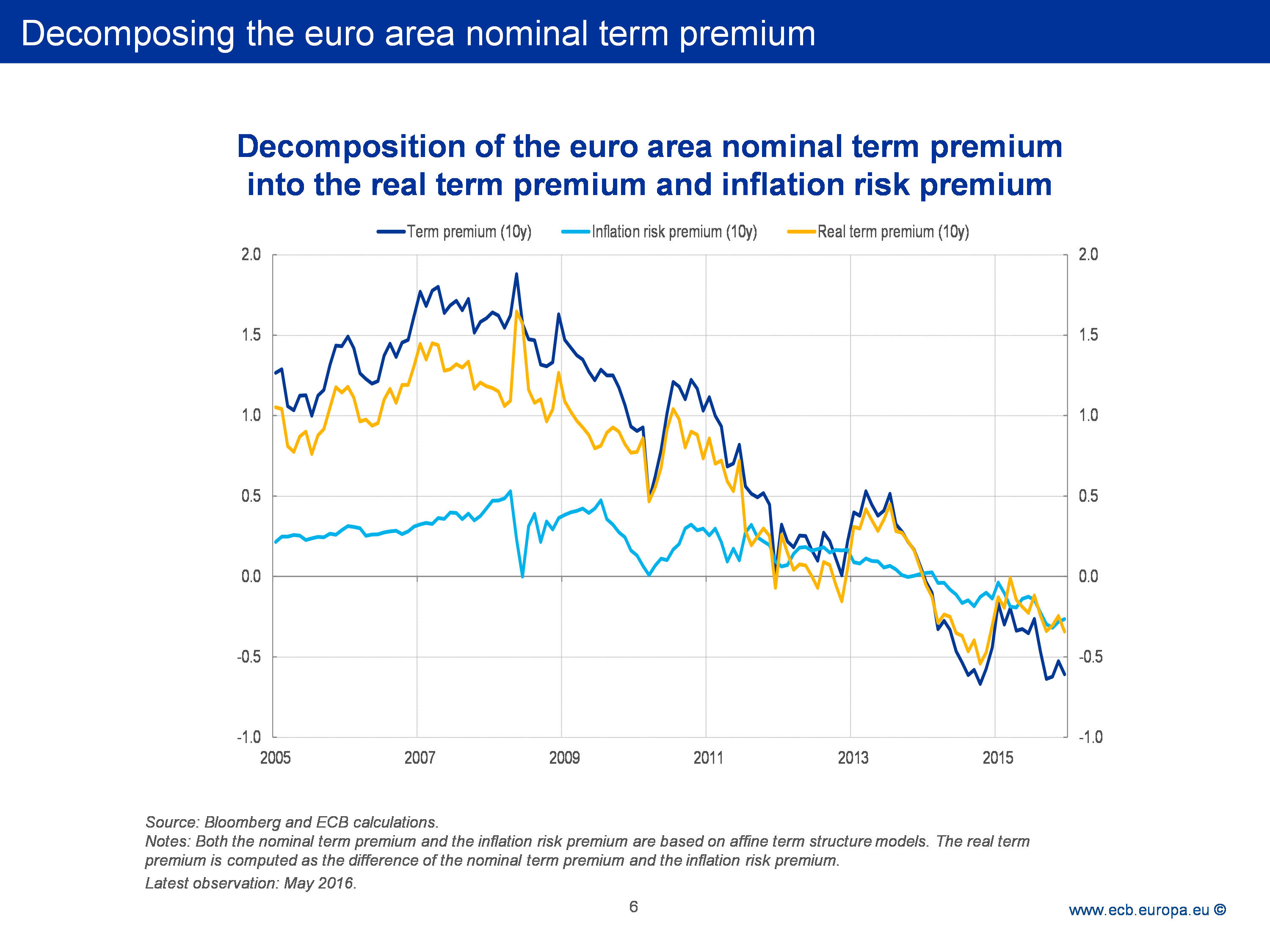Friends, followers, the earth just moved in Turkey, and the ripples are being felt across global markets. A 6.02 magnitude earthquake struck Turkey, as reported by the German Research Centre for Geosciences (GFZ). And, crucially, Istanbul felt it. Buildings swayed, nerves frayed, and the question everyone is asking – is this a harbinger of something much larger?

Photo source:kileysteffi.pages.dev
Let’s be clear: a 6.02 isn’t a trivial tremor. Especially in a region sitting on major fault lines like the North Anatolian Fault. This isn’t just a geology lesson; it’s a risk assessment that impacts investment, insurance, and frankly, peace of mind.
Here’s a bit of background for those new to this:
Turkey’s location makes it exceptionally prone to earthquakes. It’s where three tectonic plates – the Anatolian, Arabian, and Eurasian – collide. This creates a constant build-up of stress.
The North Anatolian Fault, in particular, is a strike-slip fault, meaning the plates slide past each other horizontally. These are notorious for generating powerful, and often devastating, earthquakes.
Past events have demonstrated the potential for massive damage and economic disruption. The 1999 İzmit earthquake, also along the North Anatolian Fault, serves as a stark reminder.
Seismic activity isn’t just about immediate destruction. It impacts infrastructure, supply chains, tourism, and overall economic confidence. We are closely monitoring the situation. For now, everyone in the region: stay safe, stay informed, and brace for potential aftershocks. We’ll keep you updated as this develops. Don’t ignore the warning signs – preparedness is paramount.






